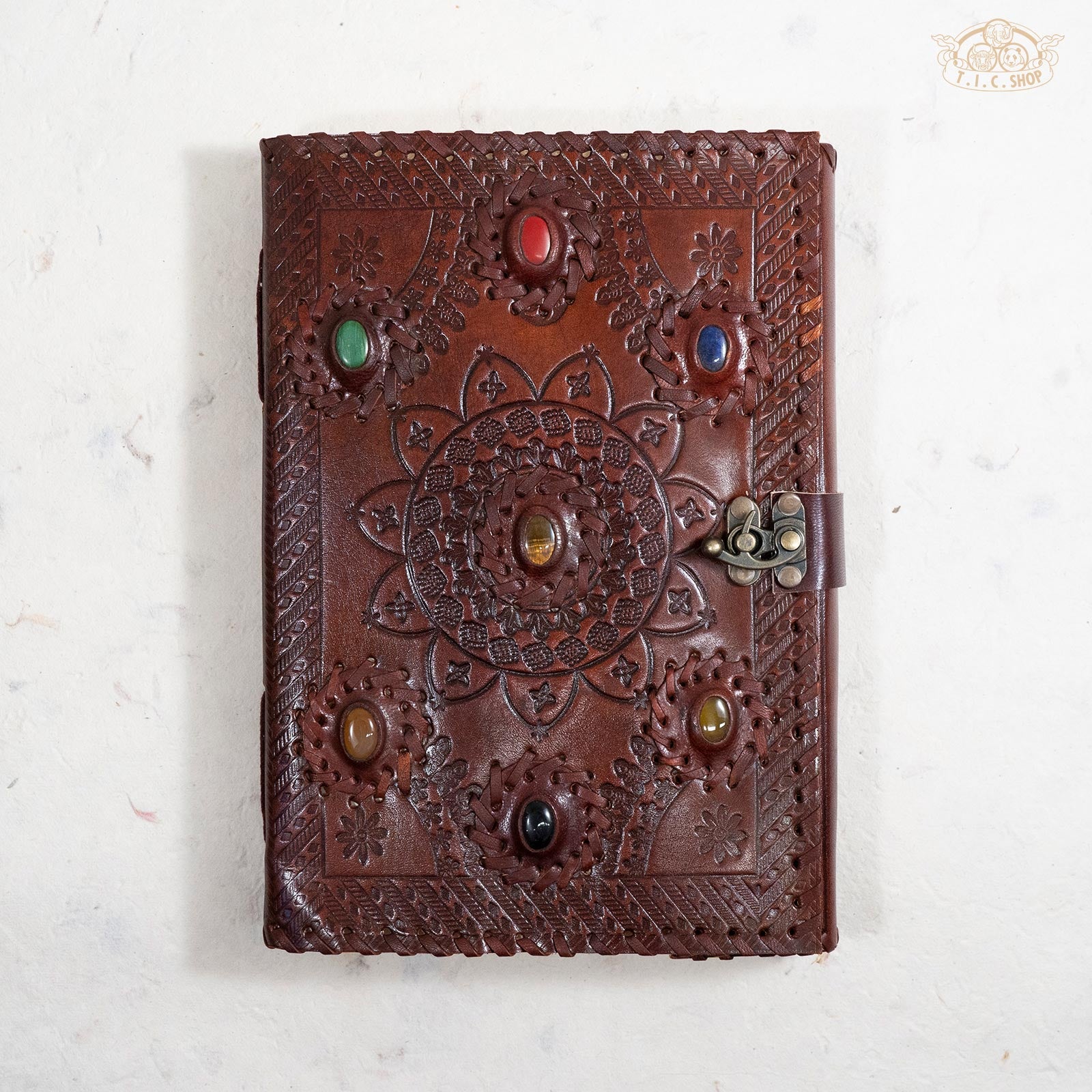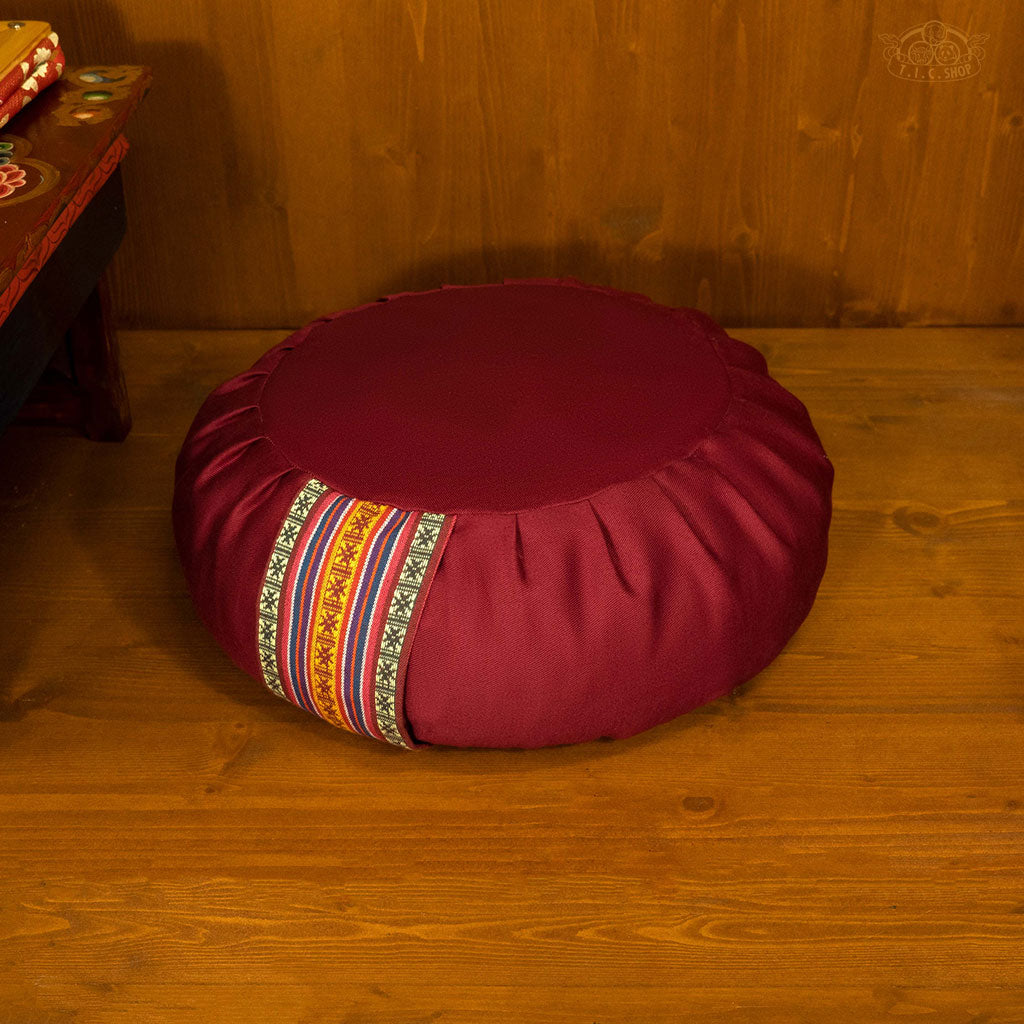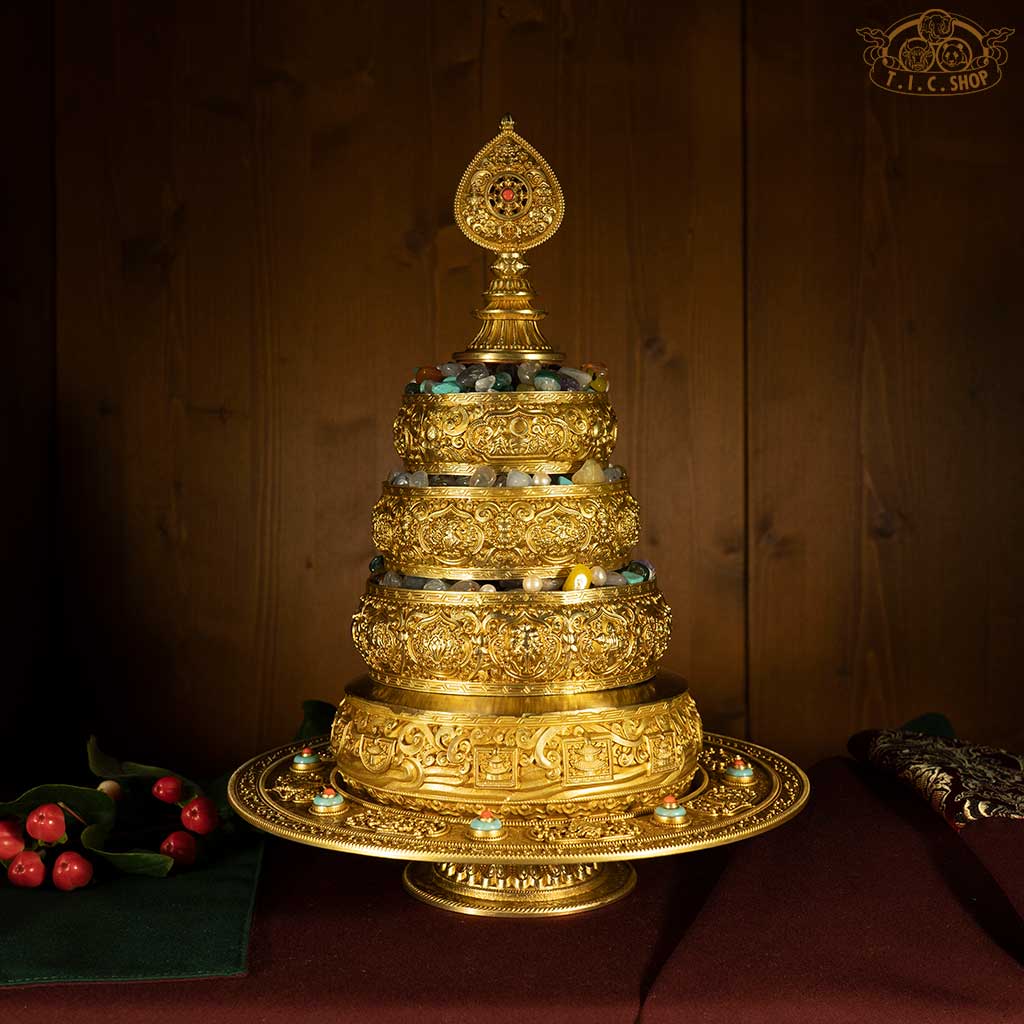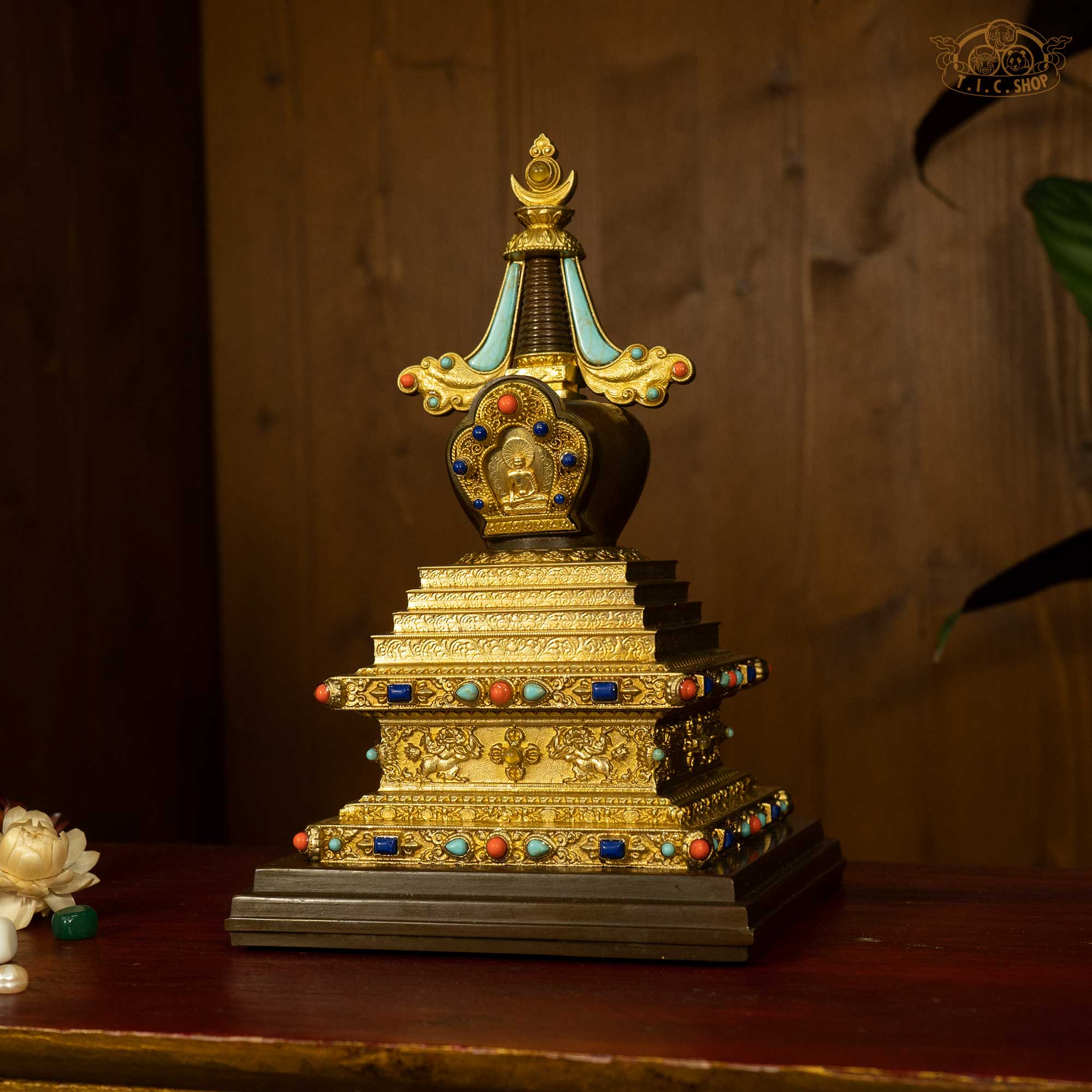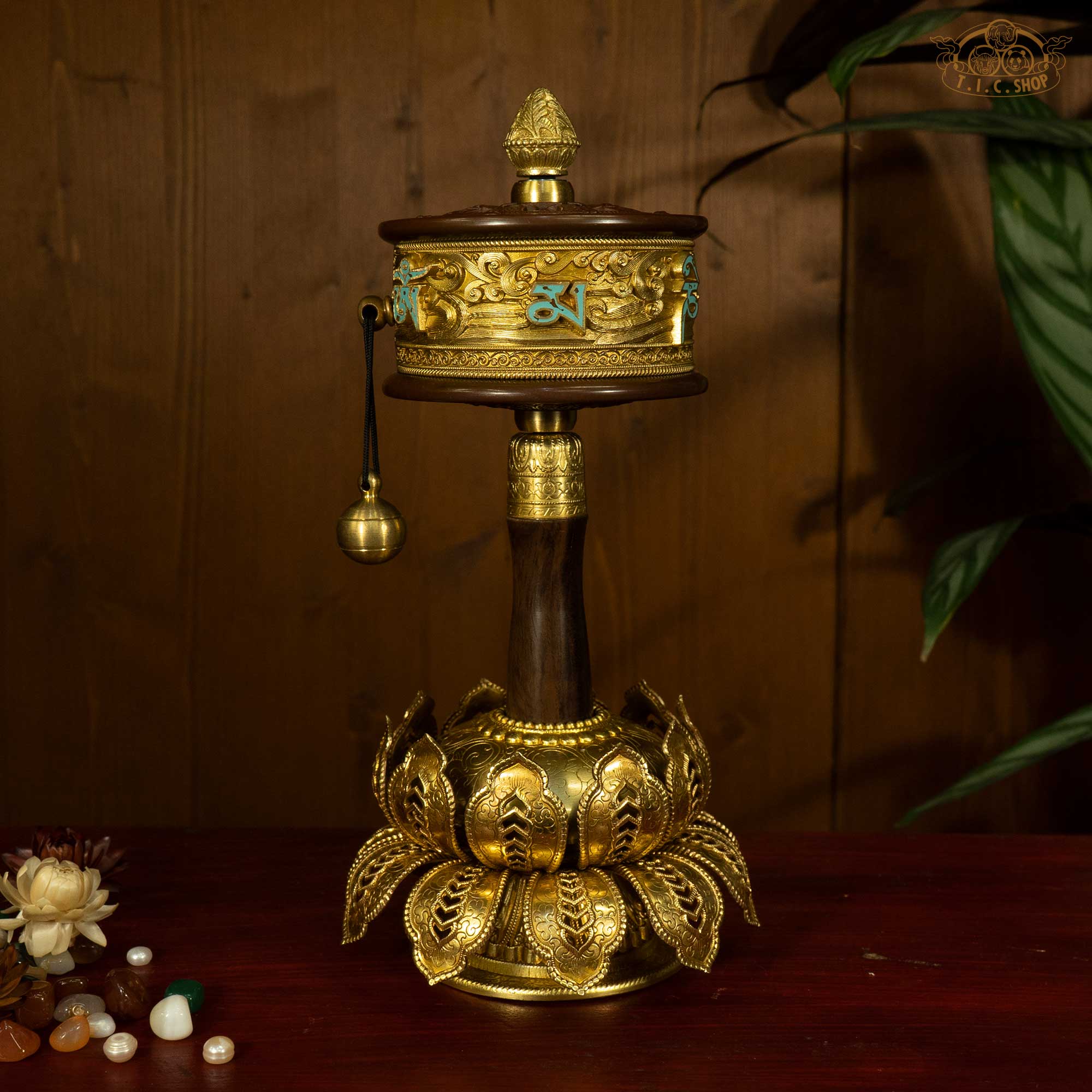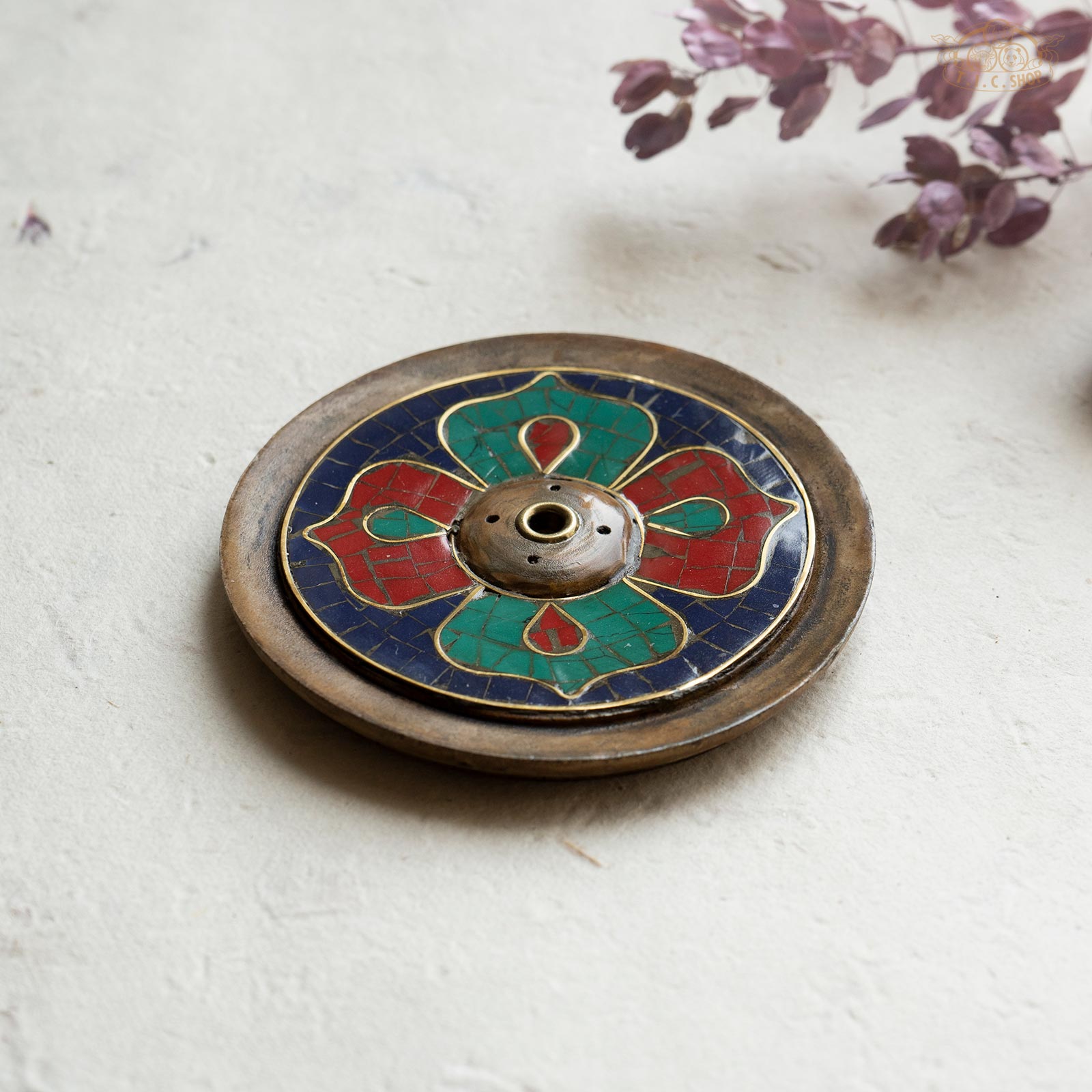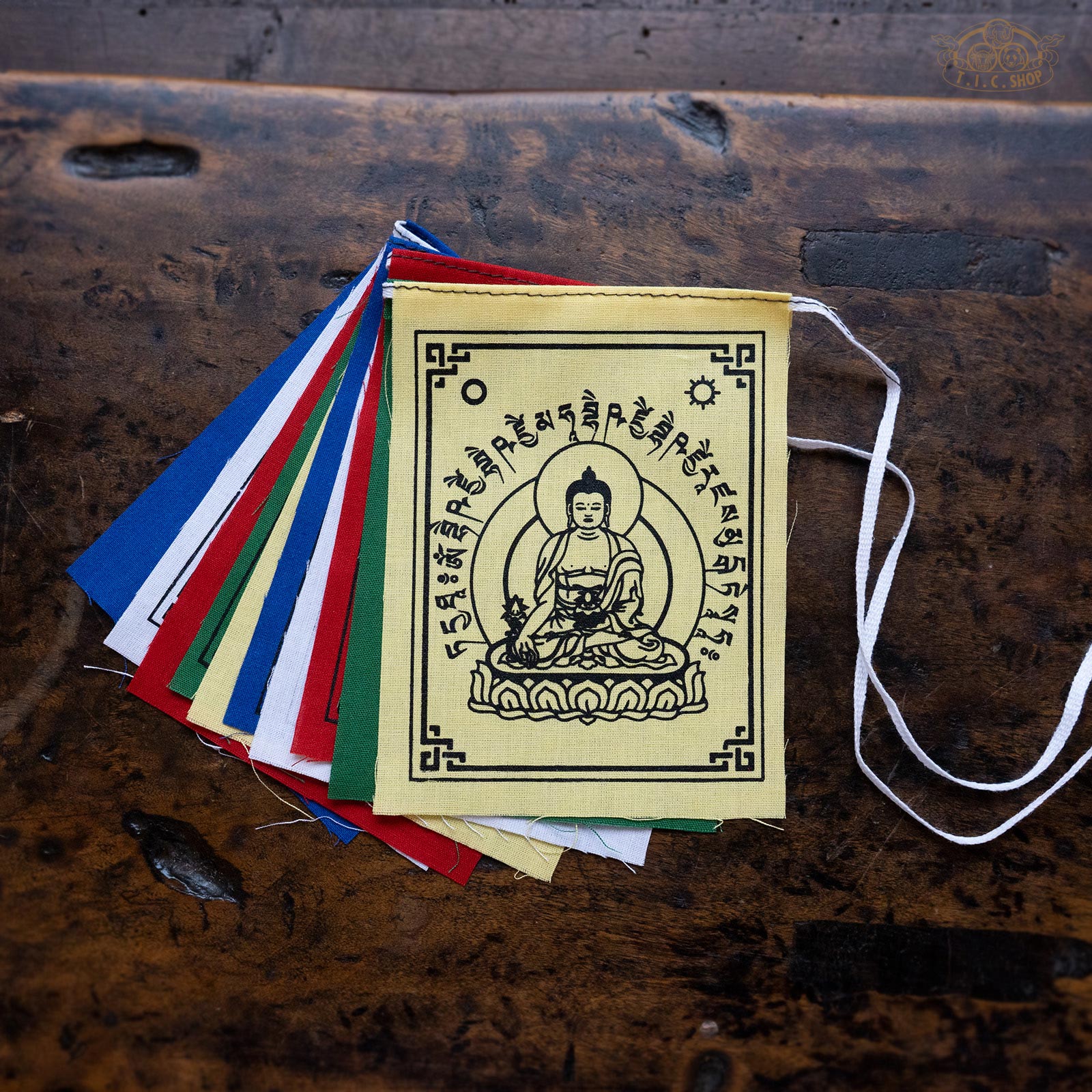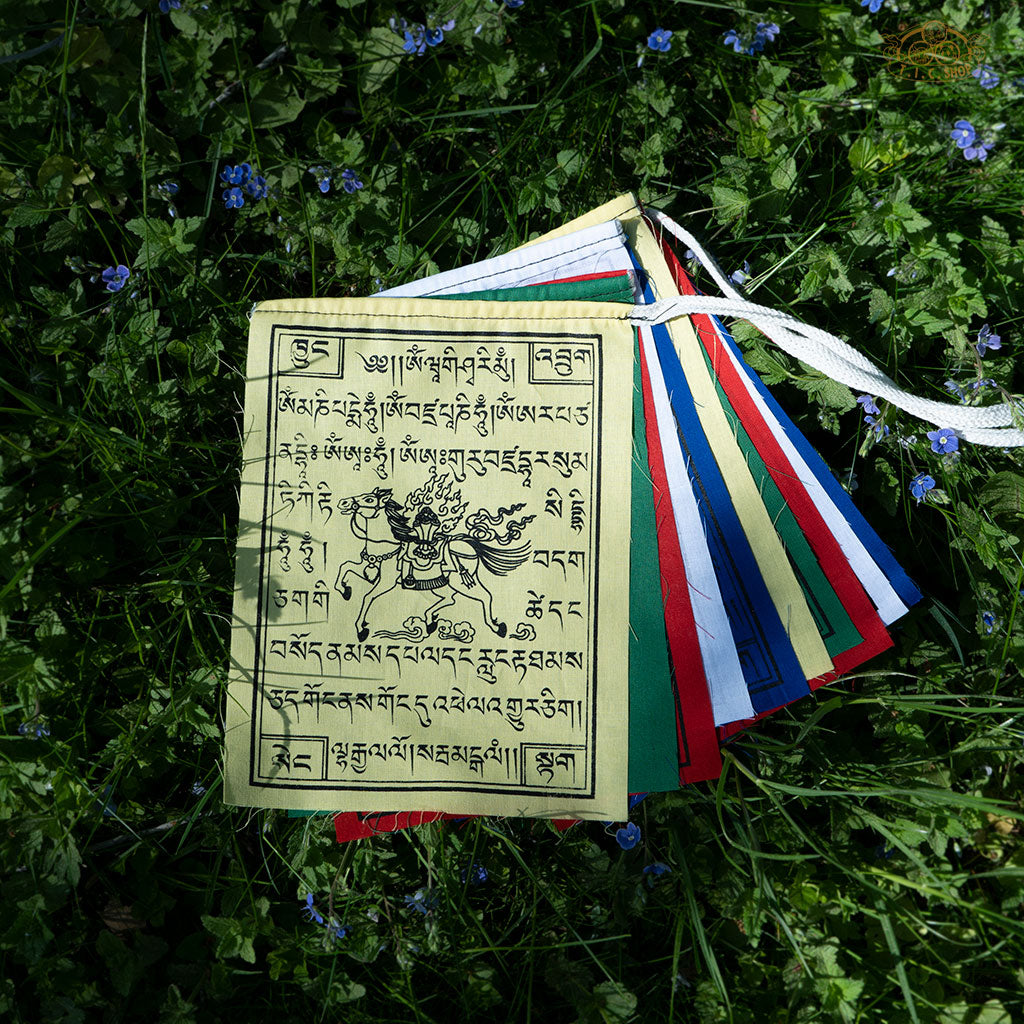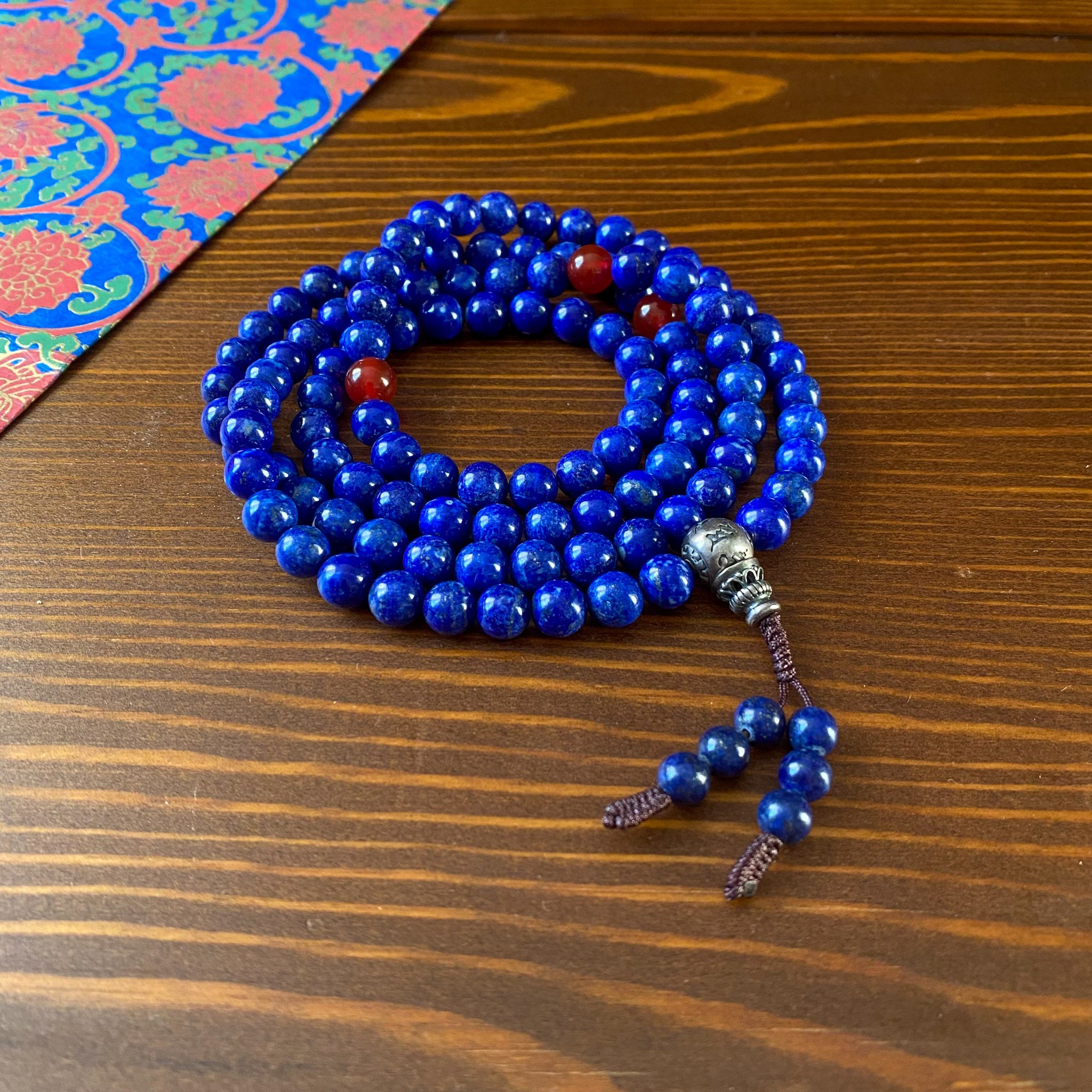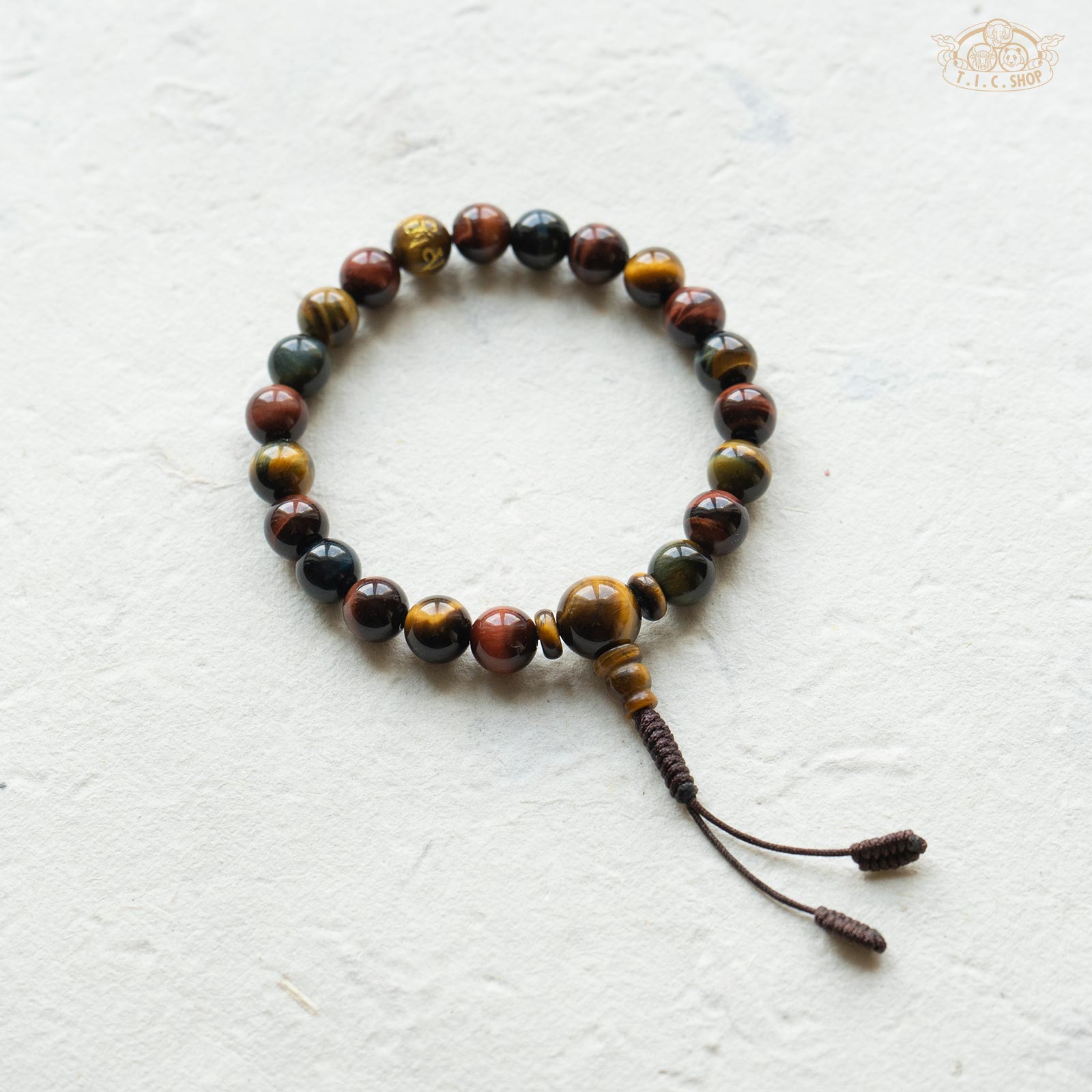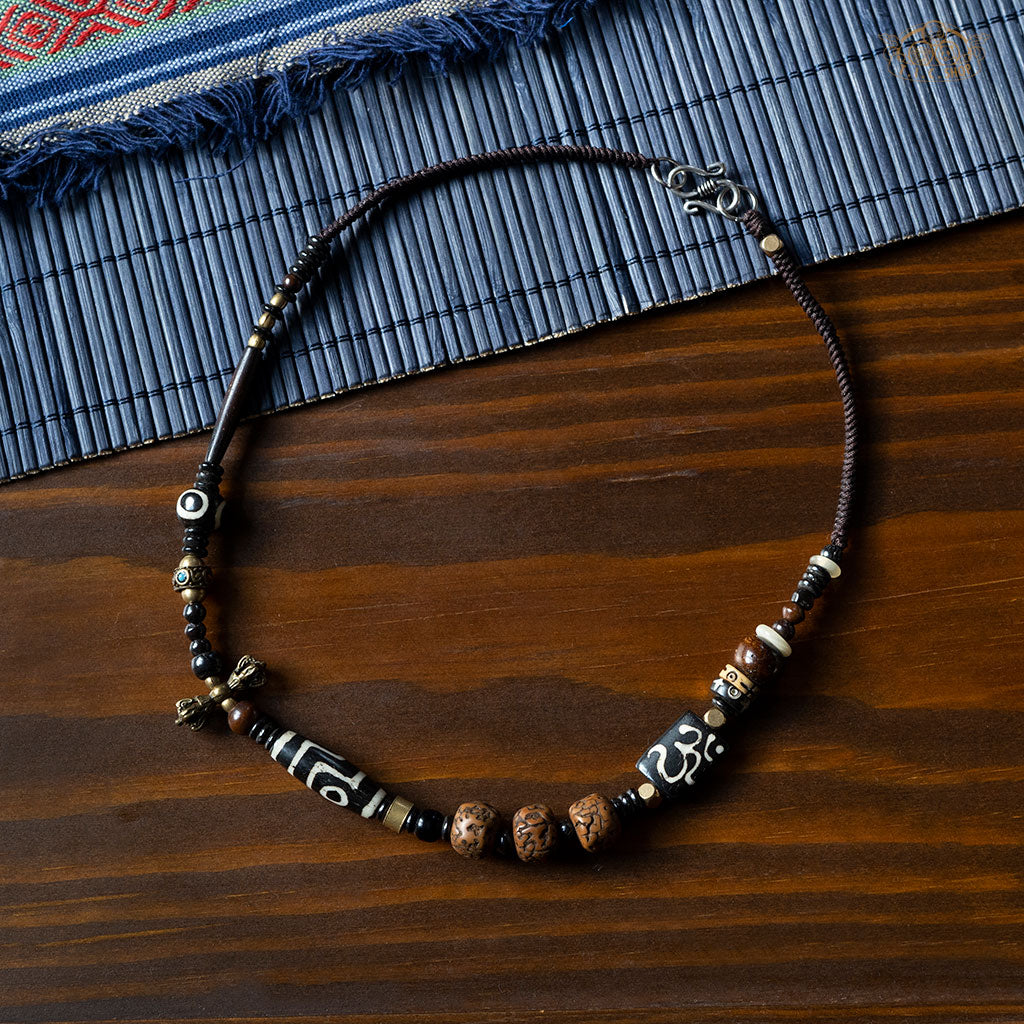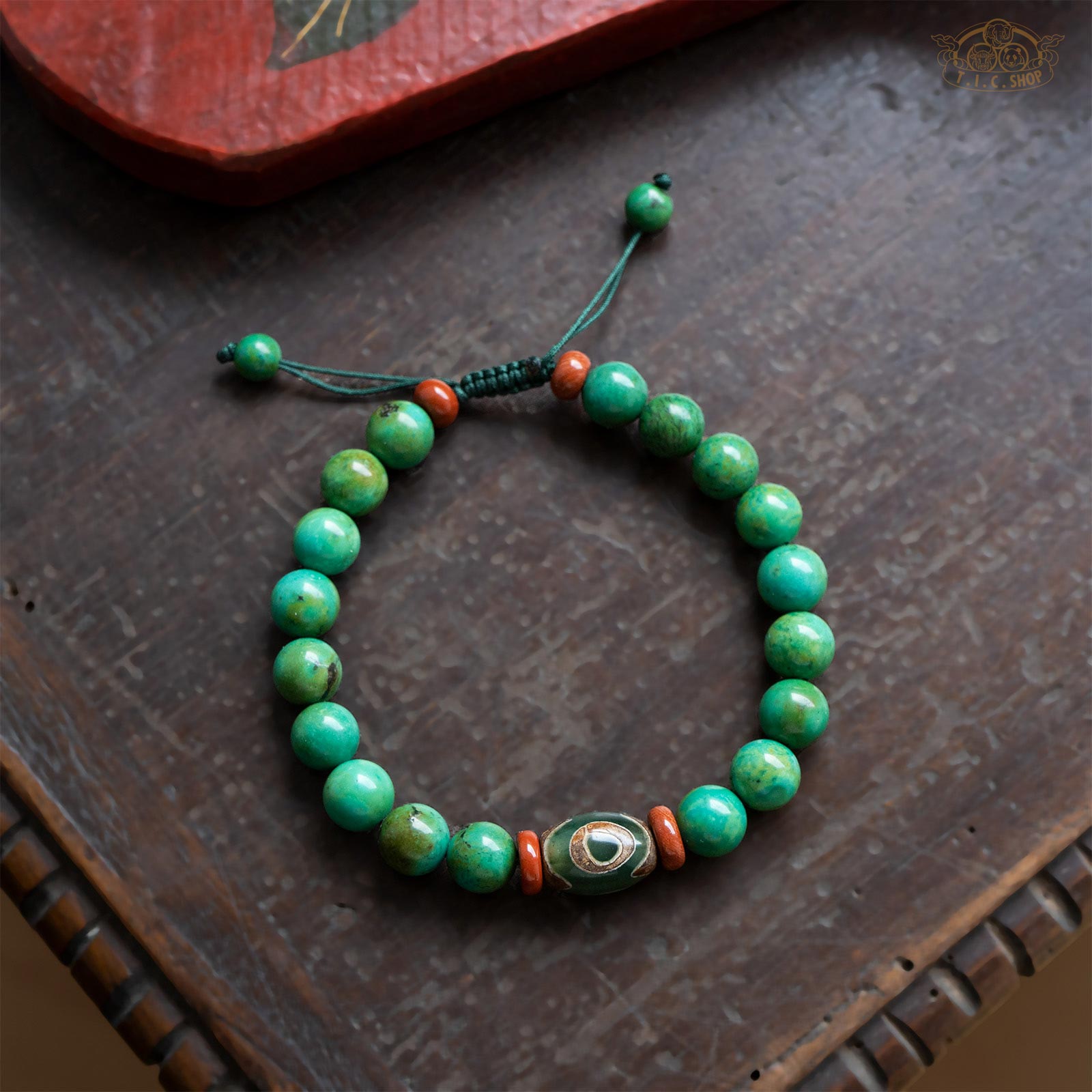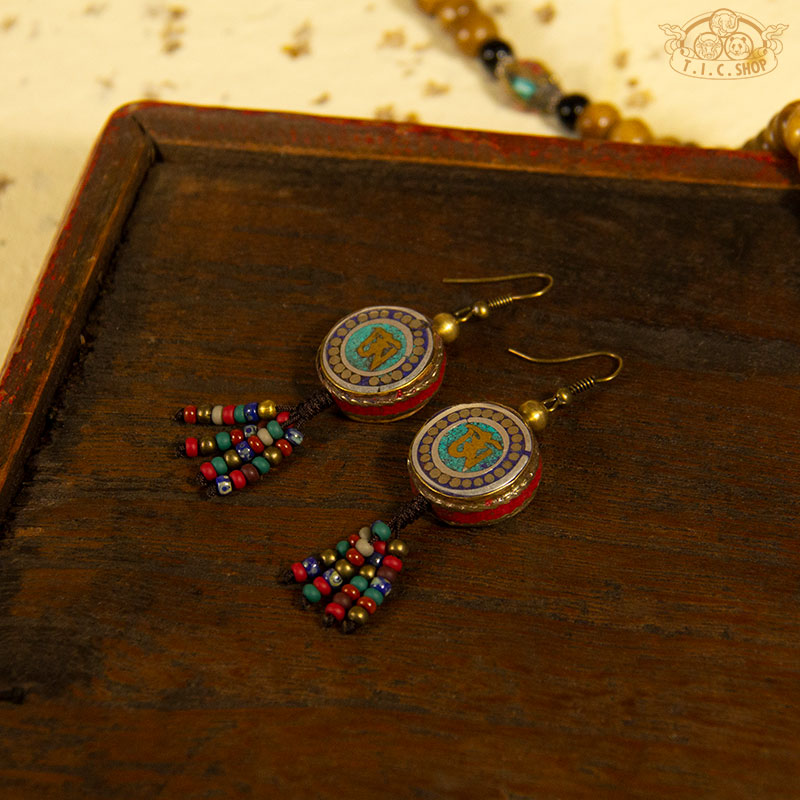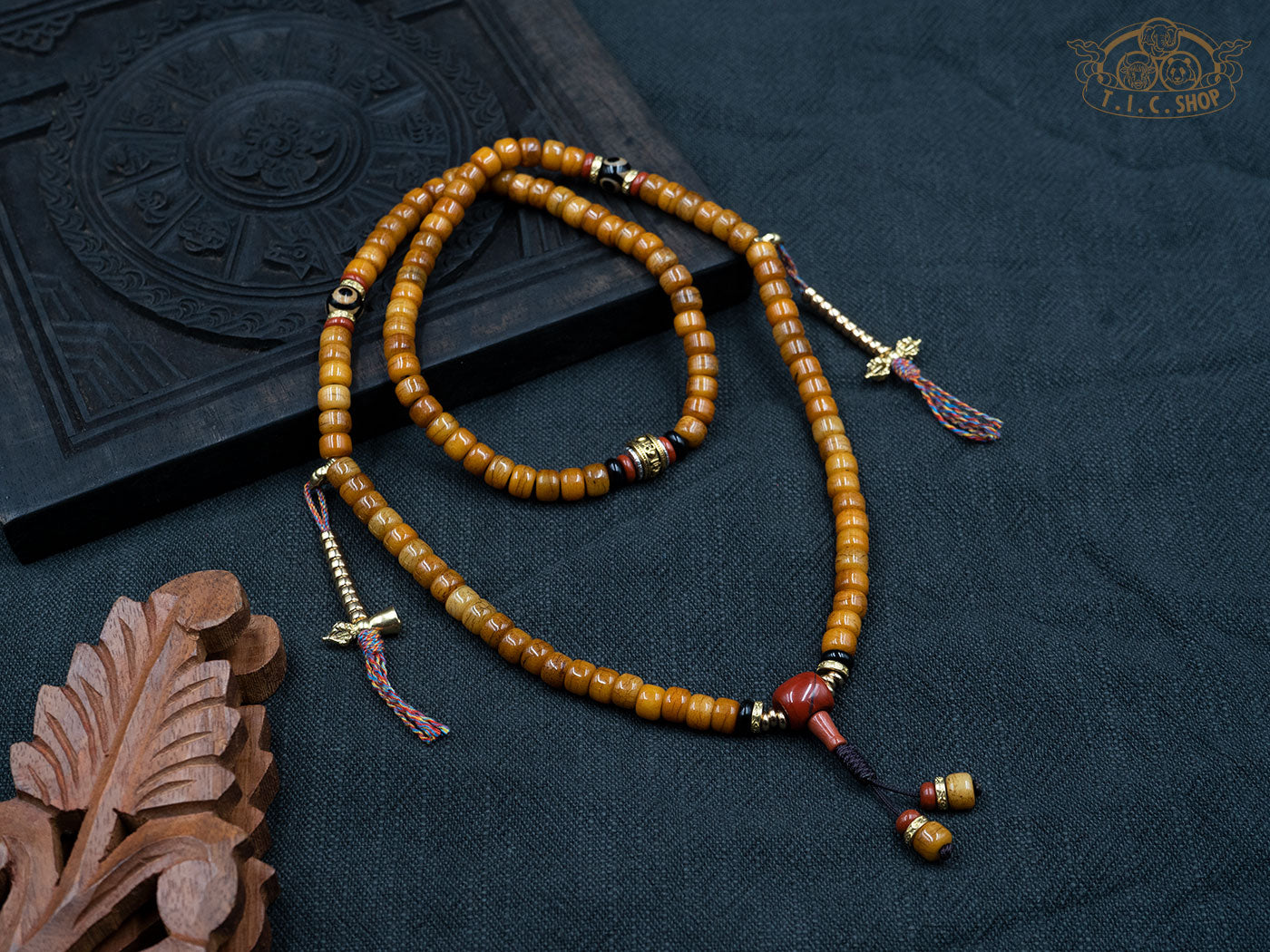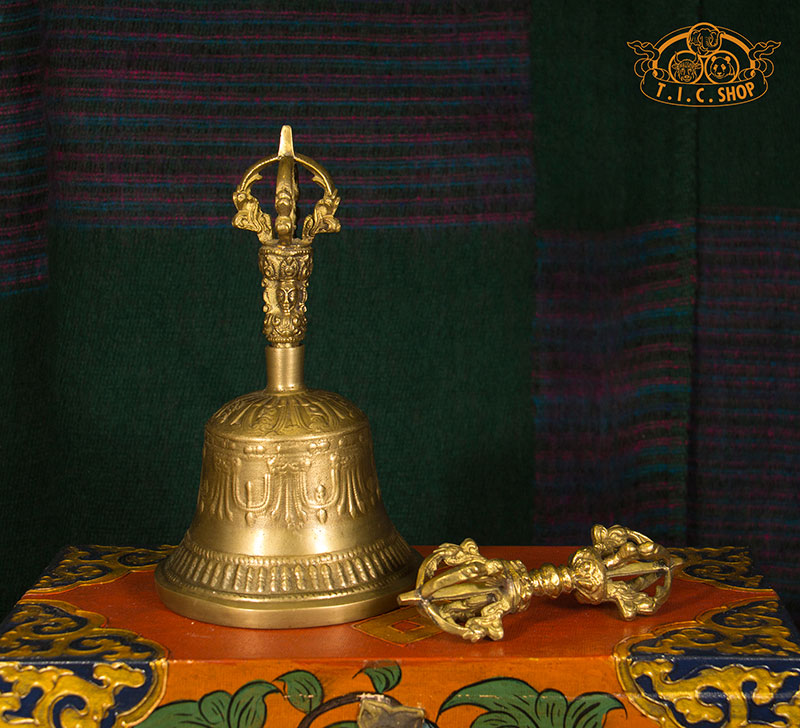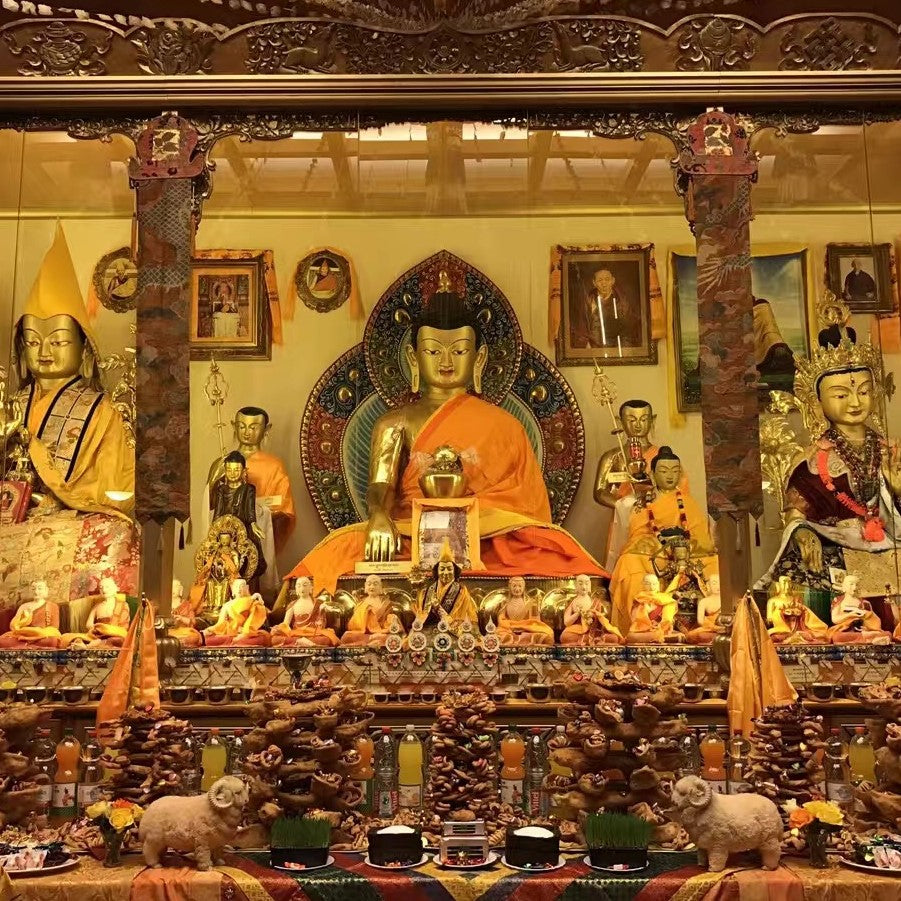The Indispensable Tibetan Yak: A Lifeline for Himalayan Nomads
The yak, གཡག, is a long-haired bovine, a large animal native to the high-altitude, oxygen-deficient Himalayan region of Asia. Originated from the Himalayas, it lives in the Tibetan Plateau and its surrounding areas, India, Nepal, Bhutan, and Mongolia. The yak is one of the earliest domesticated livestock by the Tibetan ancestors. It has been accompanying the Tibetan people for thousands of years. The domesticated yak is gentle in nature and well adapted to the harsh environmental conditions at high altitudes, including extreme cold, low oxygen, and rugged terrain. For centuries, yaks have played a vital role in the lives of nomadic herders in the Himalayas, forming a symbiotic relationship that sustains both humans and animals in this challenging environment.
Livelihood and Economy: Yaks are central to the economy of Tibetan herders. They provide essential resources such as milk, meat, and wool, which are vital for both sustenance and income. Yak milk is used to make butter, cheese, and yogurt, all staples in the Tibetan diet. Yak wool is used to create warm clothing, blankets and tents, these items provide essential insulation against the harsh climate of the Tibetan plateau, and yak meat is a primary protein source.
Transportation: Yaks are used as pack animals by nomadic herders to transport goods and supplies across rugged landscapes where motorized vehicles cannot reach. They are capable of carrying heavy loads over long distances, making them important for transporting tents, food, and other necessities for nomadic life.
Cultural Significance: Yaks hold a special place in the cultural identity and traditions of Himalayan nomads. They feature prominently in religious ceremonies, festivals, and folklore, symbolizing strength, resilience, and the connection between humans and nature. Traditional yak herding practices are passed down through generations, preserving a way of life that is deeply rooted in the region's history.
Yak Bone Symbolism in Tibetan Buddhism: Embracing Impermanence and Mindful Living
In Tibetan Buddhism, the concept of impermanence, or "anicca" in Pāli, is fundamental to understanding the nature of existence. Impermanence teaches us that all phenomena, including life itself, are transient and subject to change. This principle is deeply rooted in Tibetan Buddhist philosophy and is reflected in various aspects of Tibetan culture, including the use of yak bone products such as prayer beads, prayer wheels, and other religious objects.
Yak bone, like all organic materials, undergoes a natural process of decay and transformation over time. Tibetan Buddhists use yak bone in religious artifacts to symbolize the impermanence of physical existence and the transient nature of material possessions. These objects are tangible reminders of the impermanent nature of life, the importance of living in the present moment, and the interdependence of all beings.
Honoring the Yak: Ethical Use of Yak Bone in Tibetan Artifacts
The use of yak bone in Tibetan artifacts reflects the reverence and ethical considerations that Tibetan Buddhist practitioners hold towards these animals and their remains. Here's a more expanded explanation:
Ethical Sourcing: Tibetan Buddhists prioritize ethical sourcing of materials for religious artifacts. Typically use bones from animals that have died naturally or from animals that have been consumed by predators. This practice aligns with Buddhist principles of non-harm and compassion towards all sentient beings. By utilizing bones from these sources represents respect for the natural cycle of life and death.
Amulet and Talisman: Yak bone is often used to make amulets and various forms of Jewelry in Tibetan culture. These amulets are believed to carry protective and spiritual significance. Yaks are symbols of strength and resilience, Yak bones are thought to provide protection against negative energies and spirits. They are sometimes inscribed with sacred symbols or mantras to enhance their protective qualities.
Environmental Sustainability: The use of yak bone in artifacts reflects a commitment to environmental sustainability. By utilizing bones from animals that have died naturally, minimizes waste and environmental impact. This eco-friendly approach aligns with Buddhist values of stewardship and mindfulness towards the natural world.

